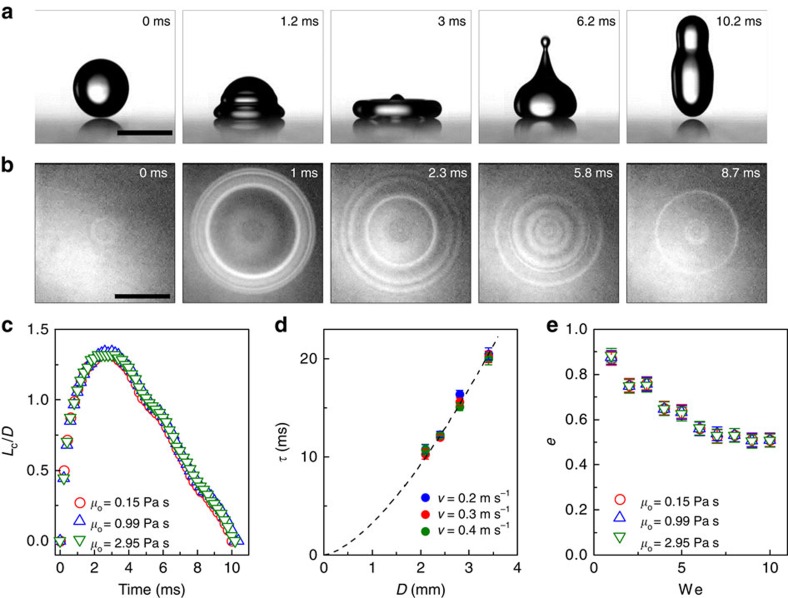Figure 1. Superhydrophobic-like droplet bouncing.
(a) Selected snapshots showing the complete rebound of droplet impacting on the composite interface (oil viscosity μo=0.15 Pa s and thickness h=50 μm) under We=10. Scale bar, 2 mm. (b) Interference fringe patterns imaged by the RICM confirms the existence of a thin air layer during the entire impact process. Scale bar, 1 mm. (c) Time-resolved variation of droplet contact length Lc normalized by the droplet diameter D, that is, the spread factor Lc/D, on the composite interfaces (h=50 μm) reveals that the spreading and retracting processes are independent of liquid viscosity. (d) Contact time of a bouncing droplet follows the scaling law τ∼(ρD3γ−1)1/2, which is consistent with theoretical analysis on superhydrophobic surfaces. (e) The variation of the restitution coefficient e as a function of We: e is independent of the oil viscosity μo. The error bars for the contact time and restitution coefficient were obtained from the standard deviation of 10 sets of image data calculation.

